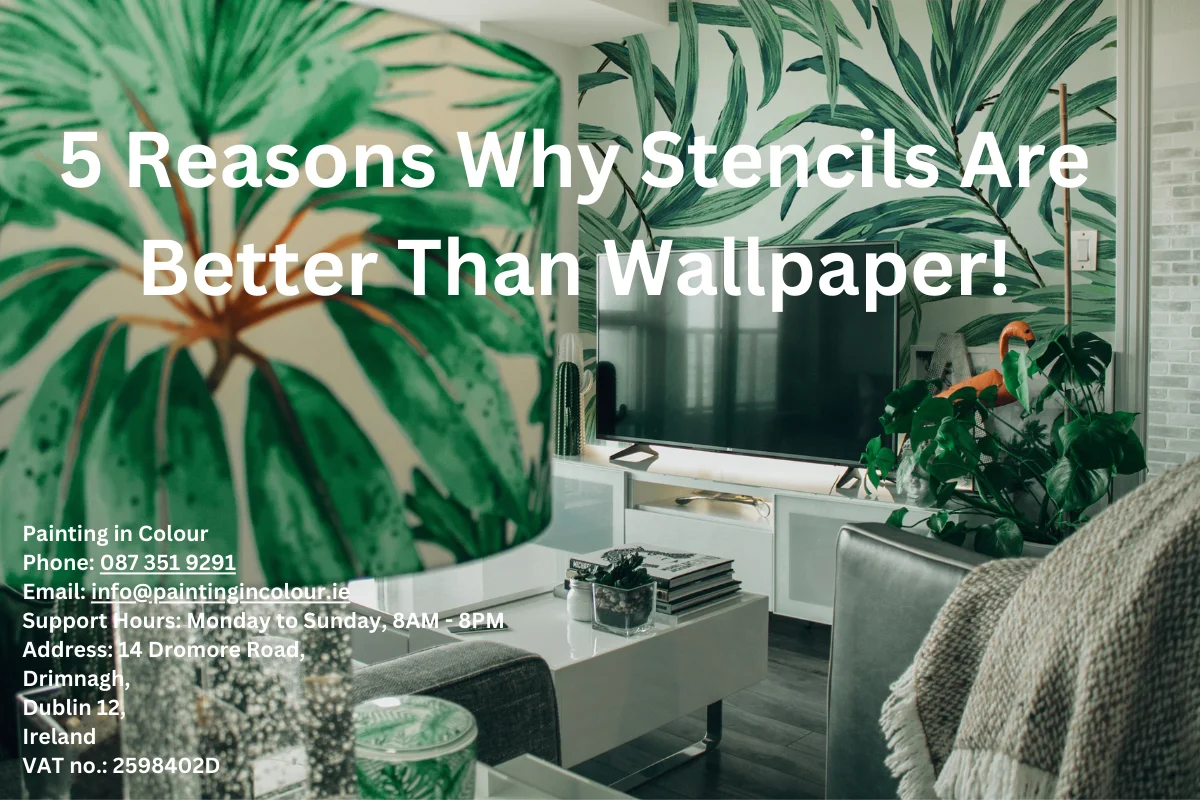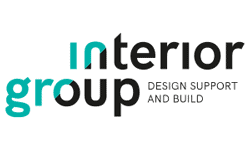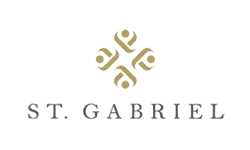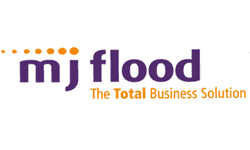Table of Contents
Introduction
In the pursuit of a more sustainable future, external wall insulation plays a significant role in Dublin’s construction landscape. As the effects of climate change become increasingly apparent, it is essential to prioritize environmentally-friendly solutions that mitigate energy consumption and reduce greenhouse gas emissions. External wall insulation not only provides weather protection and energy efficiency but also contributes to the overall environmental sustainability of buildings in Dublin.
Key Benefits or Features
- Energy Conservation: External wall insulation significantly improves the thermal performance of buildings, reducing heat loss during colder months and minimizing the need for excessive heating. This results in lower energy consumption and decreased reliance on fossil fuel-based energy sources, ultimately reducing carbon emissions.
- Renewable Energy Integration: With enhanced insulation, buildings become better suited for renewable energy systems such as solar panels or geothermal heating. External wall insulation allows for more efficient utilization of renewable energy resources, contributing to a cleaner and greener energy mix.
- Reduced Environmental Impact: By reducing energy demand, external wall insulation helps curb the environmental impact associated with energy generation and distribution. Lower energy consumption translates to decreased reliance on non-renewable resources and reduced air pollution from power plants.
- Enhanced Indoor Air Quality: External wall insulation can also contribute to improved indoor air quality by minimizing air infiltration and preventing the entry of outdoor pollutants. This is particularly beneficial in urban areas where air pollution is a concern, ensuring healthier and more comfortable living and working environments.
- Long-Term Sustainability: External wall insulation is a long-lasting solution that extends the lifespan of buildings. By improving the energy efficiency and durability of the external walls, it reduces the need for frequent maintenance and renovations, ultimately reducing waste and conserving resources.
Pros and Cons
Pros:
- Significant reduction in energy consumption and carbon emissions.
- Integration with renewable energy systems for sustainable power generation.
- Improved indoor air quality and occupant comfort.
- Long-term sustainability and reduced maintenance requirements.
- Contribution to Dublin’s environmental goals and climate action initiatives.
Cons:
- Initial installation costs may be higher compared to traditional wall systems.
- Retrofitting existing buildings with external insulation can be more complex and require careful planning.
- Potential architectural limitations or building regulations that need to be considered.
Frequently Asked Questions (FAQs)
- Q1: How much energy can be saved with external wall insulation?
- A1: The amount of energy saved depends on various factors such as the building’s size, insulation thickness, and local climate conditions. However, it is estimated that external wall insulation can reduce energy consumption by up to 30% or more.
- Q2: Does external wall insulation require regular maintenance?
- A2: External wall insulation typically requires minimal maintenance. However, periodic inspections and repairs may be necessary to address any damage or ensure its continued effectiveness.
- Q3: Can external wall insulation be combined with other energy-saving measures?
- A3: Yes, external wall insulation can be integrated with other energy-saving measures such as high-efficiency windows, proper ventilation systems, and smart building technologies to maximize energy efficiency and sustainability.
- Q4: How long does external wall insulation last?
- A4: With proper installation and maintenance, external wall insulation can have a lifespan of several decades, providing long-term sustainability benefits.
Conclusion
External wall insulation plays a crucial role in enhancing environmental sustainability in Dublin’s built environment. By reducing energy consumption, integrating renewable energy sources, and improving indoor air quality, it contributes to Dublin’s efforts in combatting climate change and creating a more sustainable future. Embracing external wall insulation is a proactive step towards reducing carbon emissions and promoting a greener, healthier city.

Robert Martinak is a Painting Technology Specialist with over 30 years of experience in the field. He is based in Dublin, Ireland and has extensive knowledge and expertise in the application and management of painting projects.












